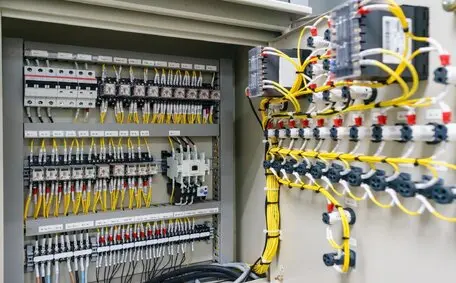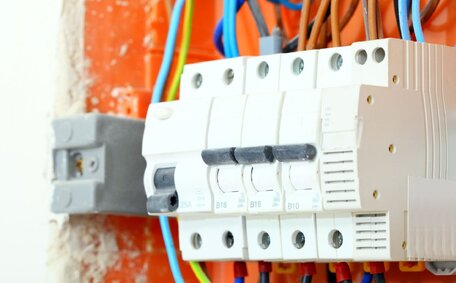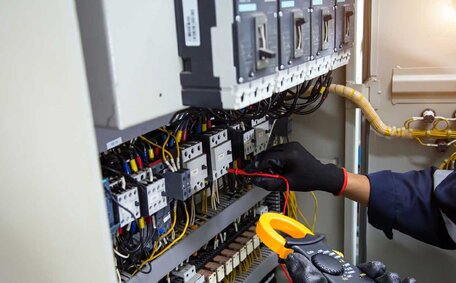
Pick the Best Switchboard for Your Business
A reliable switchboard is essential for a commercial property’s safety and efficiency. Discover key factors to ensure the right choice for your business needs.
Read More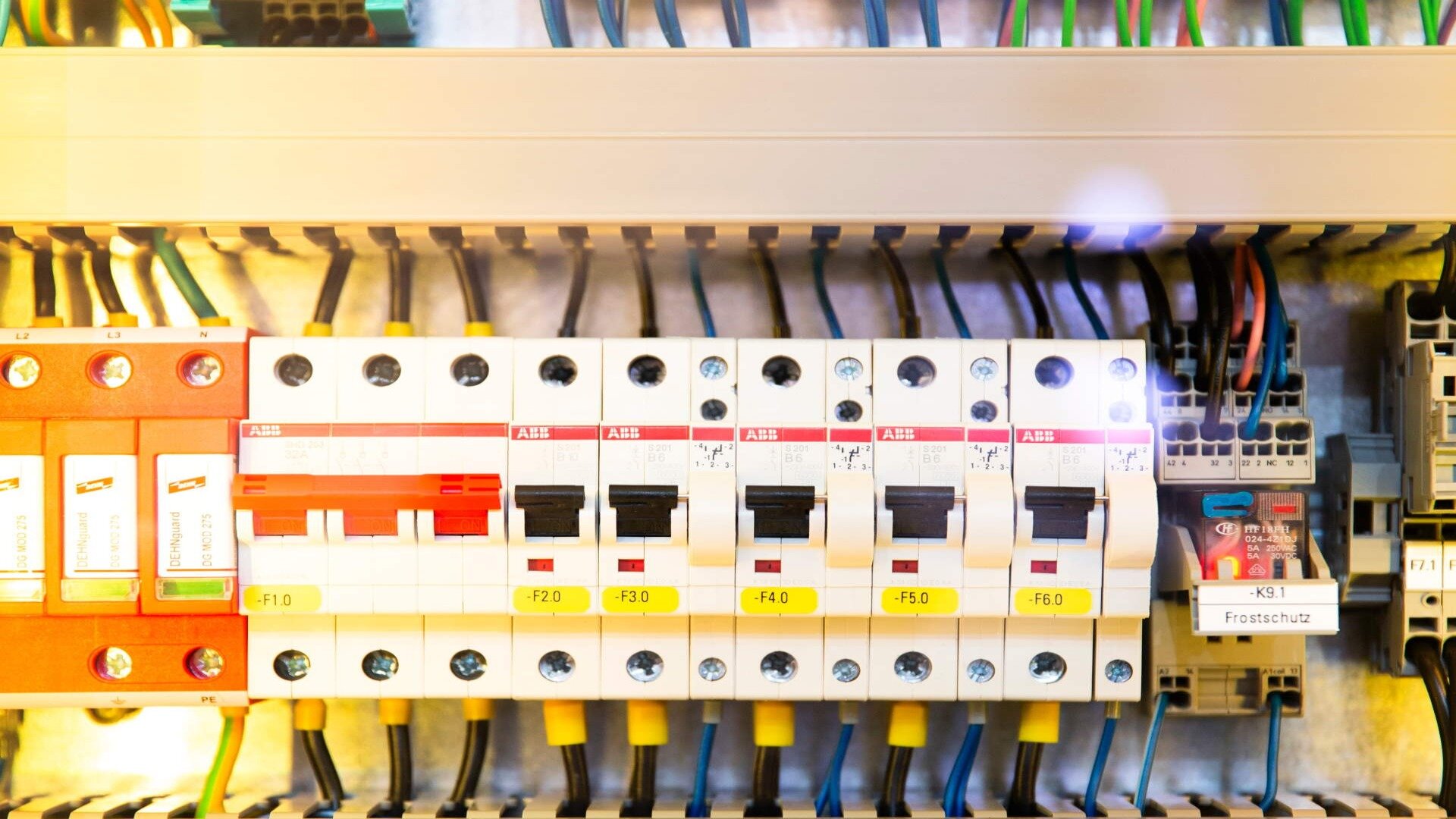
Choosing the right switchboard is a big deal when you’re setting up or upgrading your home’s or business’s electrical system. It’s not just about running things smoothly—it’s about keeping all your electrical gear safe. In this guide, we’ll break down what a switchboard is, cover the essential things to look for when picking one, and point out extra features like safety switches that you might want to consider.
Think of a switchboard as the central hub that channels electricity from one or more main supplies to different areas throughout your place. It’s the heart of your electrical setup, making sure power flows safely and efficiently to every corner. When you’re figuring out what kind of switchboard you need, take into account how much power all your equipment uses, leave room for growth, and don’t forget the value of safety switches that cut the circuit when needed to keep things safe.
Let’s get started!
A switchboard is a large, centralised panel that receives and distributes electrical power within a building. It serves as the facility’s electrical system’s primary control and circuit protection system.
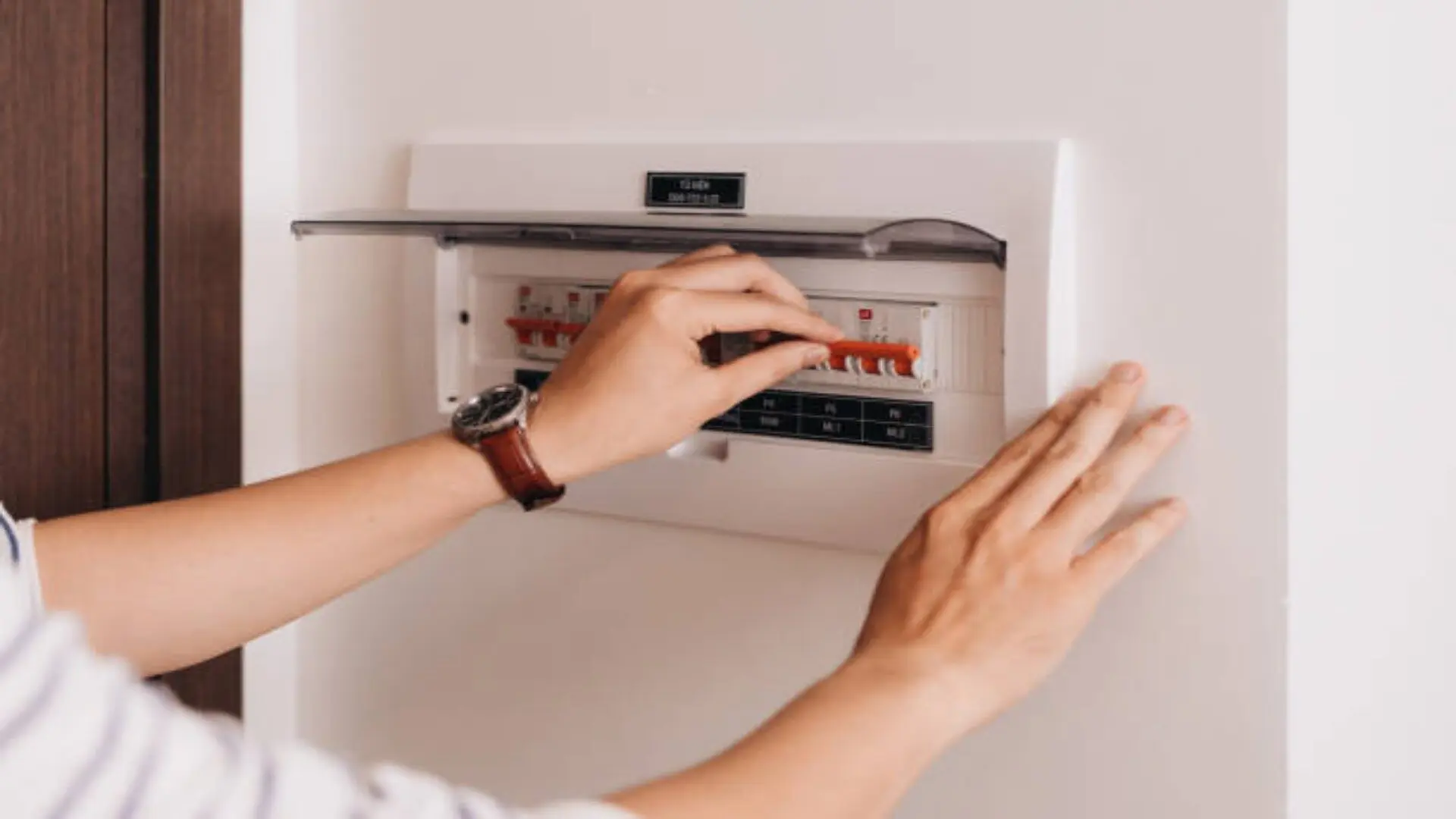
Switchboards are made up of several components housed within a large metal box. You’ll find switches, fuses or circuit breakers, control devices, and cable or busbar connections inside. The switches let you manually turn circuits on and off, while fuses or breakers step in to automatically cut power if something goes wrong, protecting from overload.
Switchboards divide and direct incoming power to downstream subpanels, which can be accessed via branch circuits. Proper switchboard selection and installation ensures safe, reliable power delivery in any commercial or residential building.
Picking a switchboard isn’t just about grabbing the first one you see. You need to think about a few key things to make sure it fits your facility’s electrical needs perfectly. Look at factors like:
Your switchboard needs to play by the rules when it comes to electrical codes and standards to keep things safe. Check for equipment that’s UL-listed and labelled here. It should comply with NEC, NEMA, and whatever local regulations are in place. Hiring a certified electrical contractor for the installation is also a smart move for staying compliant.
Calculate your expected electrical load and size the switchboard to handle the amperage and wattage demand. Allow room for future expansion. The busbar ratings and breaker or fuse capacities must align with your usage.
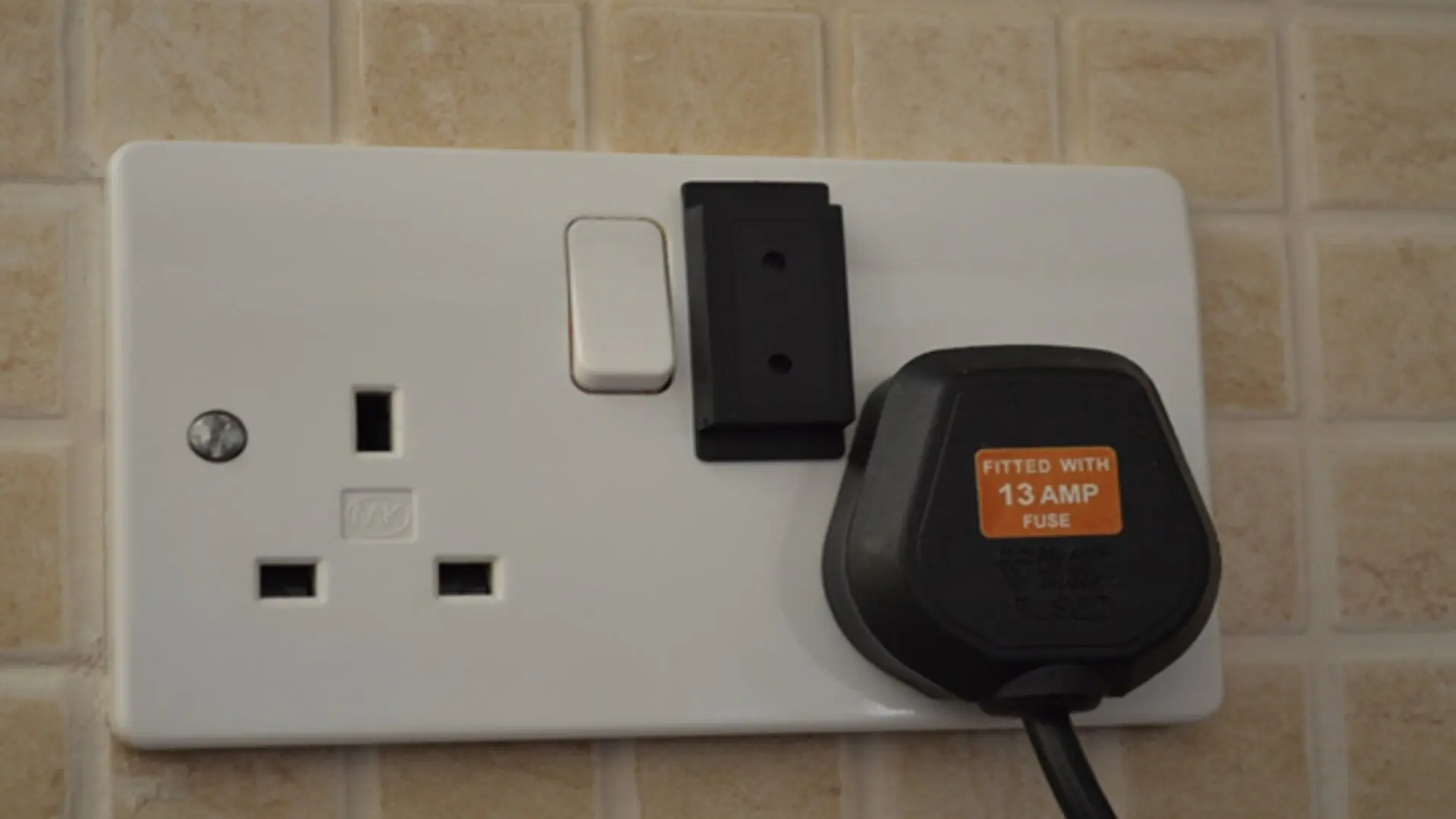
Match the switchboard’s voltage rating and configuration to your facility’s incoming power supply. This is typically 120/240V single phase for residential and 120/208V three phase for commercial sites.
Integral fuses or circuit breakers protect against dangerous overloads. Select equipment with interrupting ratings to safely clear prospective short-circuit currents.
Consider the switchboard’s height, width, and depth to ensure adequate space in your electrical room. Look for adjustable or sectional designs to fit your area.
Switchboards come in different configurations to suit the needs of various facilities. Choosing the right type involves weighing critical factors like:
Enclosed switchboards have a protective housing while open types are exposed. Enclosed is preferable for safety. Open may work for restricted access areas.
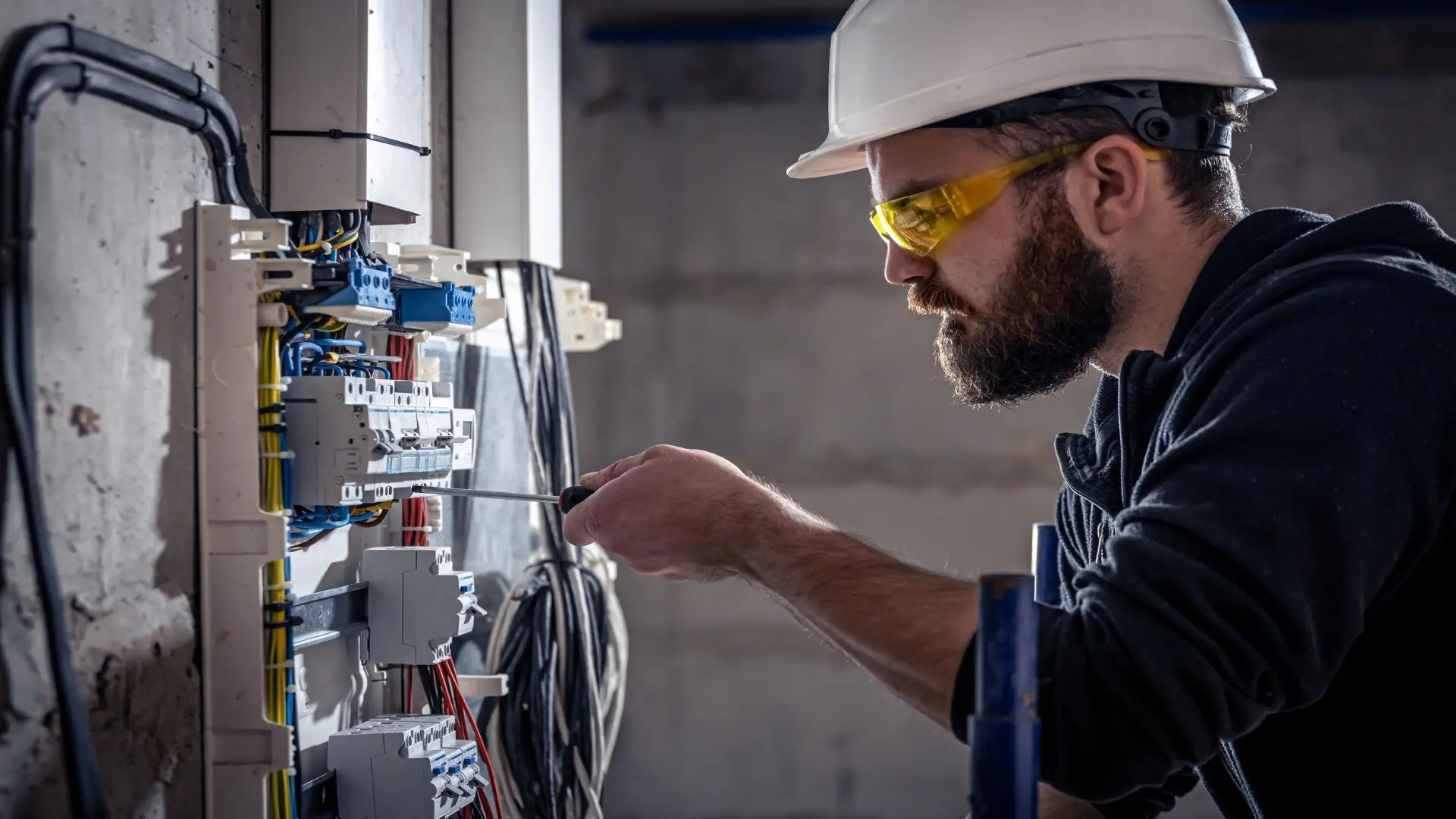
Fuse-based switchboards use replaceable fuses for overcurrent protection. Circuit breaker models have resettable breakers for each circuit. Breakers allow easier reset without replacing fuses.
Proper installation and ongoing maintenance are crucial once you’ve selected the ideal switchboard for your facility. Hire a qualified electrical contractor to handle the initial switchboard installation.
They will ensure it is wired correctly, connected to your electrical supply, appropriately grounded, and tested thoroughly. Annual switchboard inspections should be scheduled to ensure all components are in good working order, no damage or corrosion is present, connections are tight, and no dust/debris build-up.
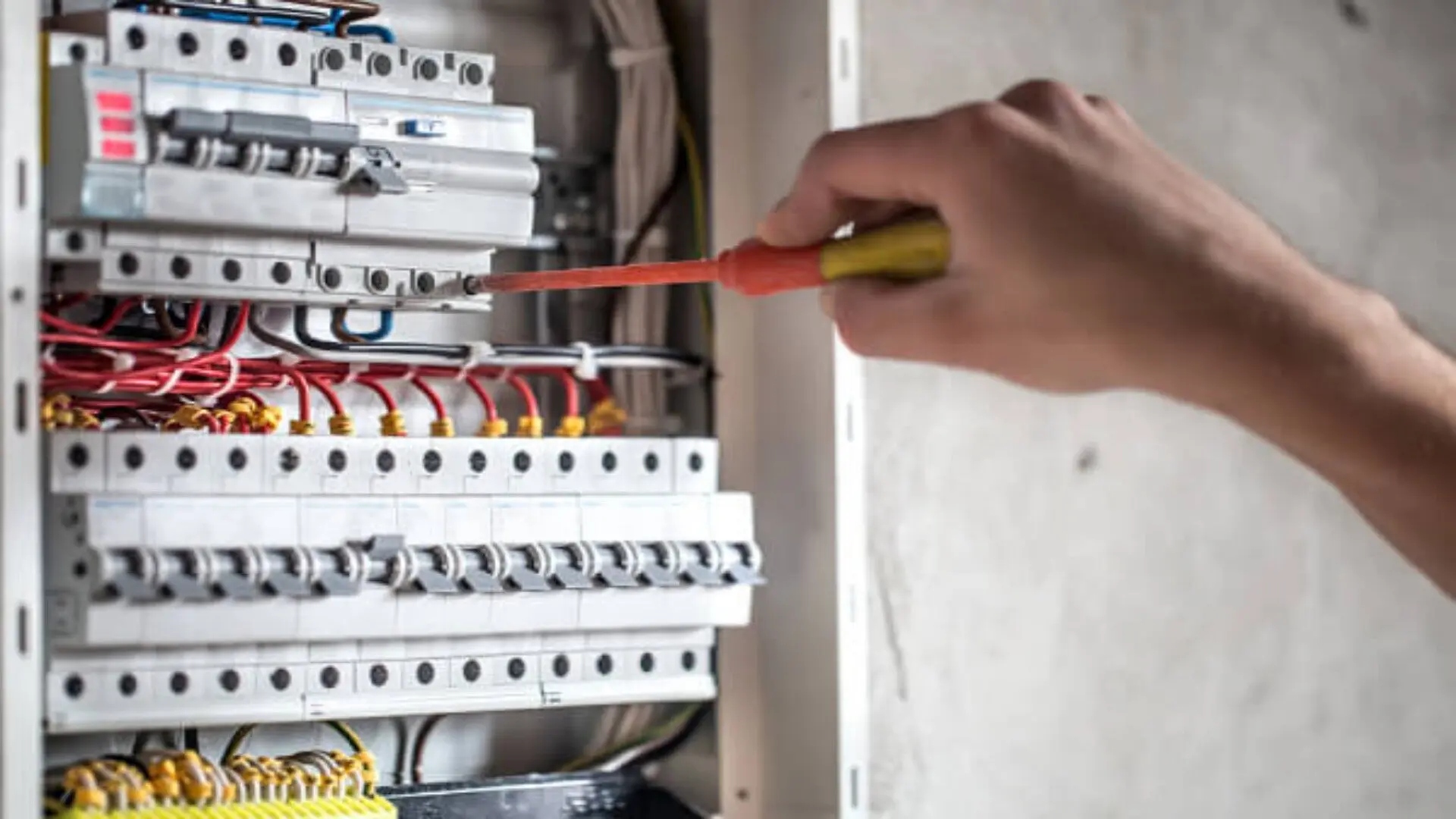
Test the operation of breakers and switches. Thermal scans can identify hot spots. Tighten any loose terminals and replace any damaged wires or parts. Keep detailed maintenance logs.
Following the manufacturer’s maintenance guidelines will maximise the switchboard’s safe operation and extend its life. With routine qualified service, your switchboard will continue providing reliable power distribution for many years.
Selecting and installing the optimal switchboard is complex but vitally important for any residential or commercial facility. By understanding critical specifications like amperage capacity, short circuit ratings, and required physical size, you can choose a switchboard tailored to your electrical needs.
Determine if an enclosed or open type, fused or circuit breaker model makes the most sense for your application. Use a qualified electrical contractor for installation, testing, and ongoing maintenance to keep your switchboard operating safely for years.
At Bright Force Electrical, our seasoned team can walk you through every step of choosing and installing a switchboard. We keep up to date with the latest gear and regulations to ensure your switchboard meets all necessary standards and efficiently delivers reliable power.
Contact Bright Force Electrical today to choose the perfect switchboard and take the guesswork out of this critical electrical system upgrade. Our experts are here to help!
Did you enjoy reading our article “How to Choose the Right Switchboard for Your Home or Business”? We have many related articles you may also be interested in reading, like the below:
A reliable switchboard is essential for a commercial property’s safety and efficiency. Discover key factors to ensure the right choice for your business needs.
Read MoreElectrical switchboards control and protect power distribution in facilities. This article explains a switchboard, the key components, and how electricians install and maintain these critical systems. We’ll unravel the basics of how switchboards safely regulate electricity flow.
Read MoreRCBOs are essential for modern switchboards, combining circuit protection and safety. Discover their benefits and role in upgrading electrical systems.
Read MoreWe will call back as soon as possible.
